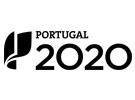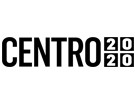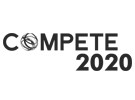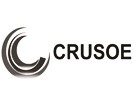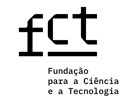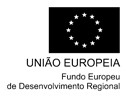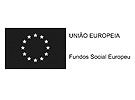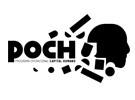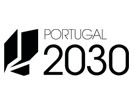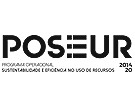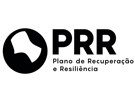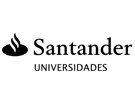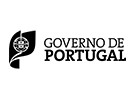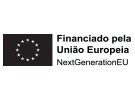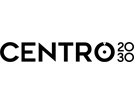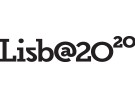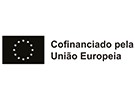



5 ECTS; 1º Ano, Anual, 45,0 TP , Cód. 83712.
Lecturer
- Liliana Cristina Vidais Rosa (1)(2)
(1) Docente Responsável
(2) Docente que lecciona
Prerequisites
Proficiency in English
Objectives
A. Understand the elements and principles of Art;
B. Relate artistic practice to culture and society;
C. Know the main aesthetic movements in the history of art;
D. Develop analytical capacity for artistic expressions in their historical, social and technological contexts.
Program
1. Introduction to the visual arts: What is Art?
2. Art in Antiquity: greek Art; roman Art;
3. Art in the Middle Ages and Renaissance: medieval art of the 5th-12th centuries; gothic art; Renaissance and Mannerist art;
4. Baroque and Neoclassical art: baroque art; rococo and neoclassical art;
5. Modern and Contemporary art: art of the 19th century; major disruptions;
6. Global contemporary art: arts today;
7. Criticism, ethics, and aesthetics of contemporary art and culture.
Evaluation Methodology
1. Frequency assessment
1.1 Attendance and regular intervention on the themes under discussion in class (10%).
1.2 Two written tests (attendance): one written test during the semester (45%) and another written test at the end of the semester (45%).
2. Exam-based assessment
2.1 Normal Season: Written test (attendance) covering all taught content (100%)
2.2 Appeal Season: Written test (attendance) covering all taught content (100%)
2.3 Special Season: Written test (attendance) covering all taught content (100%)
The evaluation is made in accordance with the provisions of Art. 11 of the Academic Regulation of IPT Schools. Students who obtain a grade equal to or greater than 10 values are waived from the Exam.
Bibliography
- Caeiro, M. (2014). Arte na Cidade. Lisboa: Temas e Debates
- Chalumeau, J. (2023). As Teorias da Arte. Lisboa: Instituto Piaget
- Ferrari, S. (2001). Guia de História da Arte Contemporânea. Lisboa: Editorial Presença
- Pinto, A. e Meireles, F. e Cambotas, M. (2014). A Arte no Ocidente. Porto: Porto Editora
Teaching Method
1. Presentation of theoretical content.
2. Analysis of artistic works presented by the teacher.
Software used in class
1. Platform used
1.1 Microsoft Teams
2. Software necessary to apply the acquired knowledge
2.1 Microsoft Word
2.2 Adobe Acrobat Reader
2.3 Open Office
2.4 VLC Media Player
2.5 QuickTime Player
